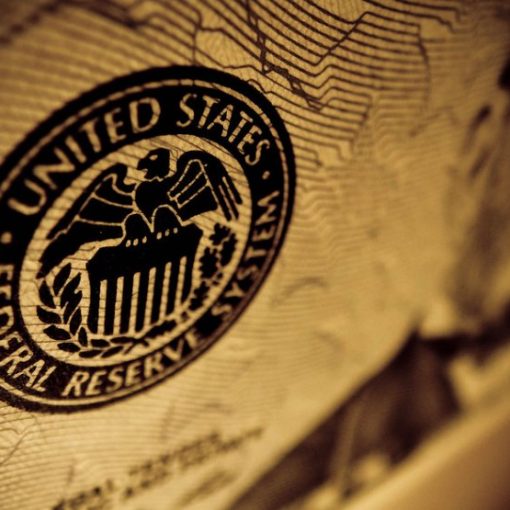Junk bonds are a lot like Halloween candy. Taken in moderation, these high-yielding bonds issued by companies with patchy credit ratings can sweeten your portfolio’s return.
However, like the trick and treater who devoured one too many Kit Kat bars, gorging on junk can leave an investor in a world of pain.

Sugar buzz
Right now, high yield bonds are facing some powerful cross currents. In recent years, these investments have been hugely popular with big and small investors alike.
Ultra-loose monetary conditions in the U.S., Eurozone and Japan prompted investors to venture into more risky fixed-income assets in search of higher rates of return.
High yield funds such as the SPDR Barclays High Yield Bond Fund (JNK) and the iShares iBoxx $ High Yield Corporate Bond ETF (HYG) experienced healthy inflows.
The Federal Reserve’s bond buying program drove down the interest rates on U.S. Treasury bonds to very low levels and junk bonds offered far higher total returns, despite their higher default risk.
Now, the once-high flying junk bond market appears to have hit an air pocket. Total returns (including dividend and interest payments) for junk bonds are lagging high-grade corporate bonds and U.S. Treasuries so far in 2014.
Small wonder there have been huge junk bond fund withdrawals.

Party over?
The Fed is winding down its bond purchasing program and is expected by many economists to start raising interest rates in 2015.
That’s bad news for junk bonds. Higher borrowing costs often lead to higher default rates among junk bond issuers.
Average yields on speculative-grade bonds recently climbed to 6.67%, according to Bank of America Merrill Lynch index data, and prices on existing bonds have tumbled.
Another warning sign that junk bonds are losing favor: The spread between junk bond yields and government bonds is widening, which suggests they are viewed as more risky by investors.
Activist investor Carl Icahn recently told CNBC that he sees a blowout coming to the high yield debt market. “The high-yield market is in a bubble,” he says.
Moderation
Junk bond bulls counter that corporate default rates remain low and corporate balance sheets are brimming with cash.
Matthew MacClary, who manages the Covestor Stable Equity portfolio, recently made the case that high-yield bond investments can play a supporting role in a diversified portfolio even with the market upheavals this year.
He recently added high yield debt exposure through the SPDR Barclays High Yield fund (JNK). This ETF currently holds debt issued by telecom players Sprint(S) and T-Mobile(TMUS).
As MacClary sees it:
“In a falling market, junk bond prices can fall almost as dramatically as the broad equity market. Yet a diversified junk bond portfolio will typically have a much higher yield than equities to help earn a return for the debt holder through the downturn.”
Yet when it comes to junk bonds (and candy corns!), it pays to remember the old adage counseling “moderation in all things.”
DISCLAIMER: The investments discussed are held in client accounts as of September 31, 2014. These investments may or may not be currently held in client accounts. The reader should not assume that any investments identified were or will be profitable or that any investment recommendations or investment decisions we make in the future will be profitable. Past performance is no guarantee of future results.




